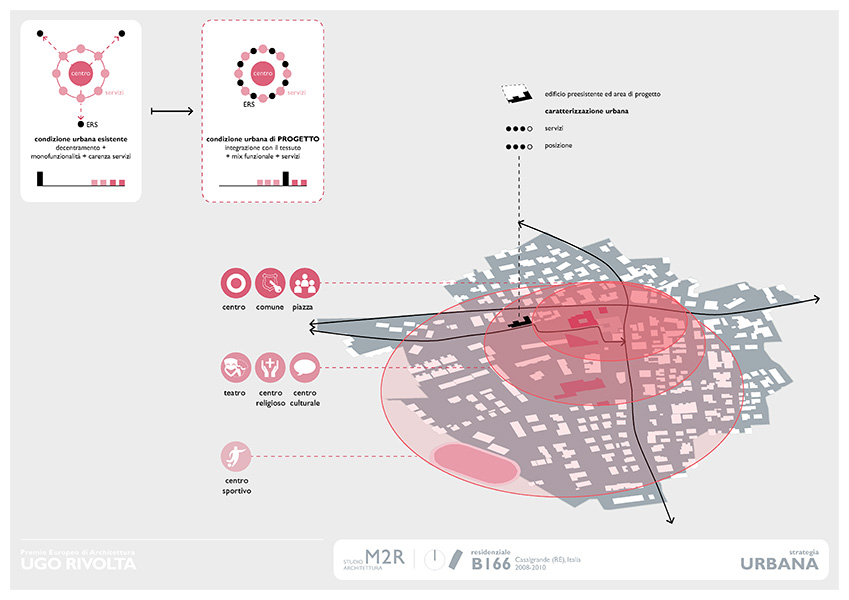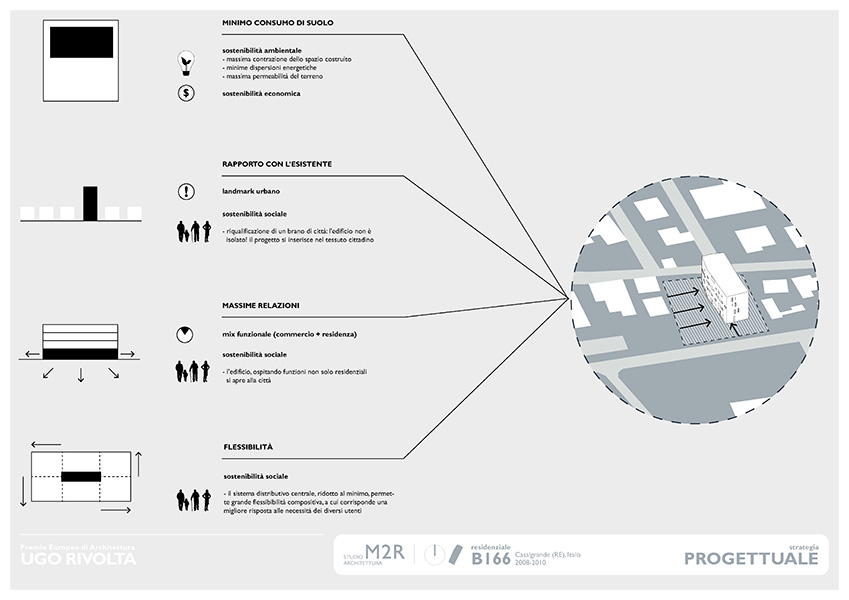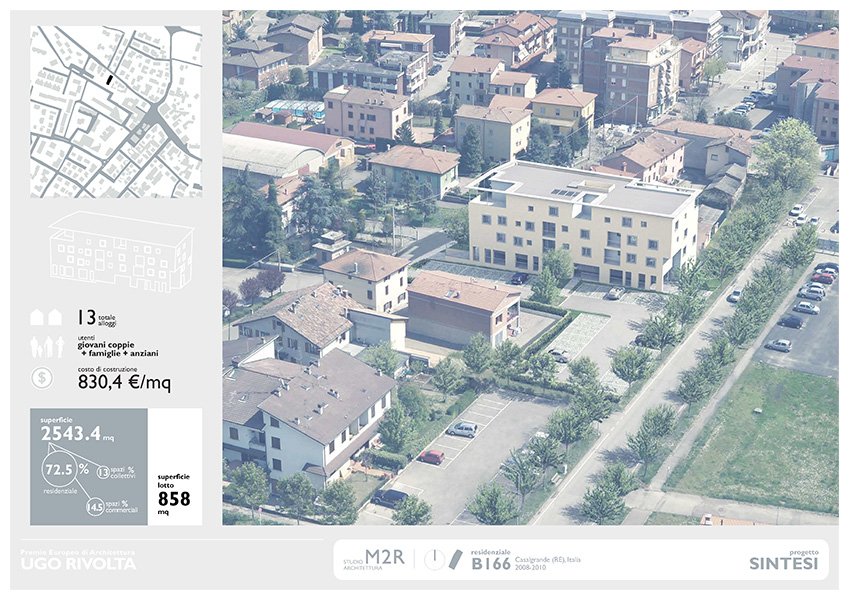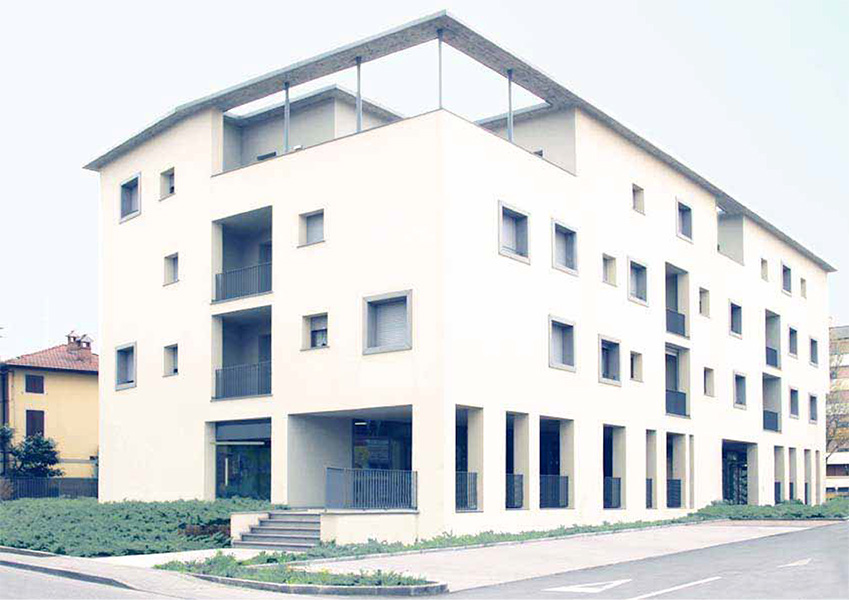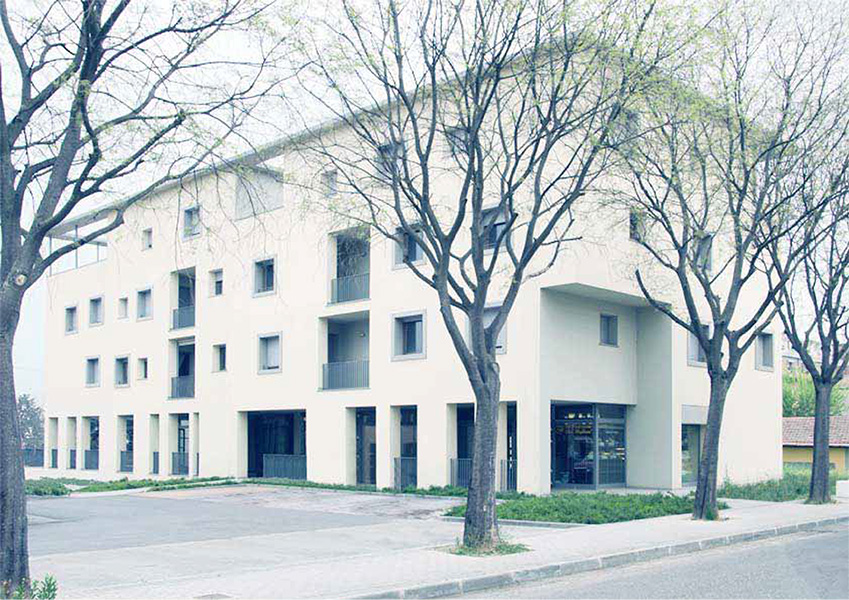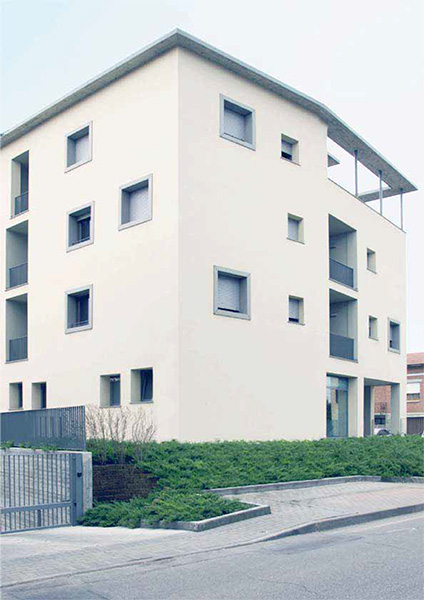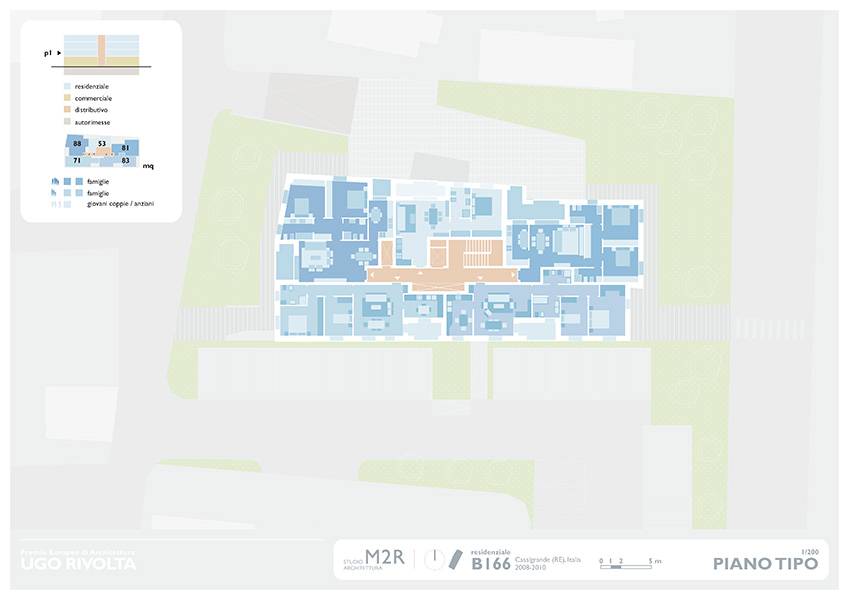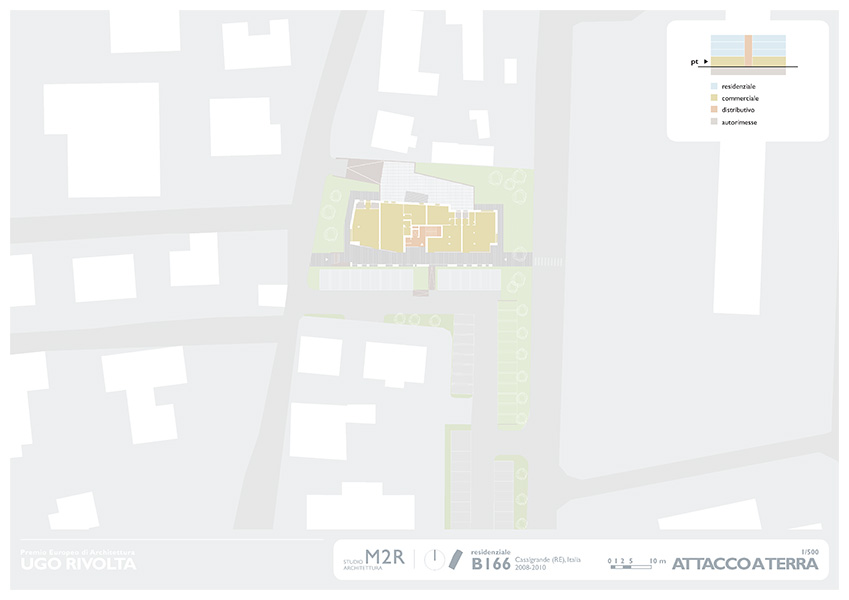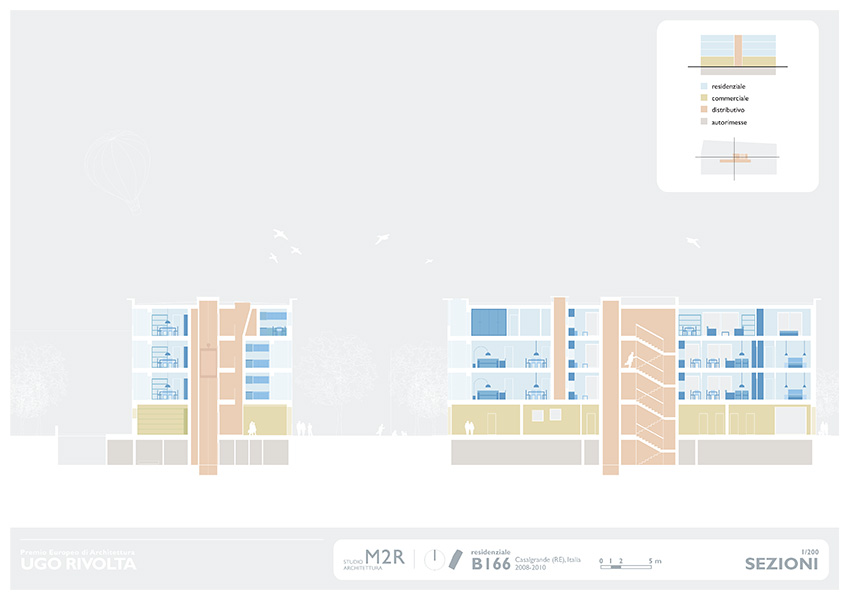OWNERSHIP
Cooperativa d’abitazione “La Betulla”, Reggio Emilia
Promoter: Cooperativa d’abitazione “La Betulla”, Reggio Emilia
Allotment rule: Sale only to members of Cooperativa d’abitazione “La Betulla”
Reduction cost percentage compared to the market value:
assignment: 100%
LOCATION
Country: Italy
City/town: Reggio Emilia
Address:Via Marx, 42013

